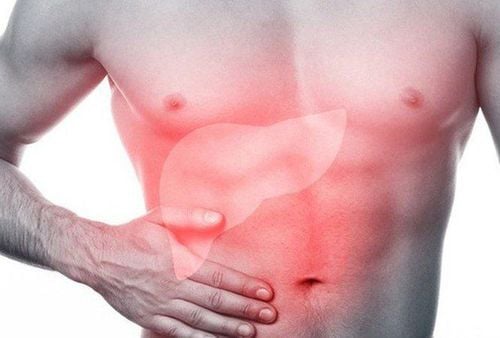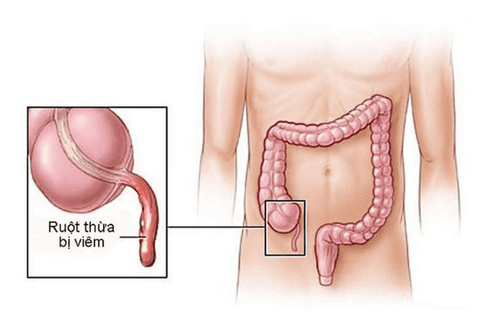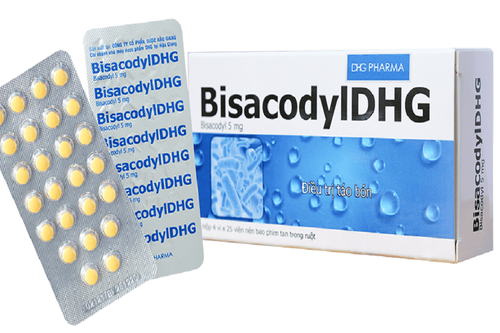This is an automatically translated article.
Peritonitis is a serious and urgent syndrome with multiple etiologies that requires prompt treatment. The symptoms of peritonitis often occur suddenly and intensely, with a high risk of leading to dangerous complications, even life-threatening to the patient.
1. What is peritonitis?
The peritoneum is the largest serosal membrane in the body, covering all the internal organs of the abdomen and pelvis. The peritoneum forms the membrane lining the inner surface of the abdominal wall, the inferior surface of the diaphragm, and the superior surface of the pelvic diaphragm. The peritoneal layer lines the abdominal wall and forms inward folds, lining the organs, creating a protective film, reducing friction.Peritonitis is a syndrome caused by many causes. This is a total or partial inflammation of the peritoneum, caused by bacteria or chemicals. Peritonitis is a serious disease and the leading cause of death in surgery (60-70%).
2. Why is peritonitis often progressive?
Peritonitis is the final stage of intra-abdominal infections Pathogenic bacteria are often many types and are highly virulent gastrointestinal bacteria The peritoneum is a semi-permeable membrane, with an area of approx. skin area (1.5 - 2 square meters). The peritoneum has the ability to absorb toxins very quickly, so it can easily lead to shock and intoxication. The disease is easy to spread throughout the abdomen due to intestinal peristalsis.

Do nhu động ruột nên bệnh dễ llan tràn khắp ổ bụng
3. Classification of peritonitis syndrome
There are many ways to classify:
Classification according to pathology:
Generalized peritonitis Focal peritonitis. Classification according to etiology:
Primary peritonitis: due to tuberculosis, pneumococcal disease, gonorrhea Secondary peritonitis: due to rupture or perforation of internal abdominal organs due to pathology, rupture or perforation of viscera Intra-abdominal trauma... Classification according to cause:
Biliary peritonitis Appendicitis peritonitis Urinary peritonitis Classification according to clinical course:
Acute peritonitis Subacute peritonitis. What is generalized peritonitis? Primary generalized peritonitis: caused by bacteria from the peritoneal cavity spilling into the peritoneum, this type is rare (1%), caused by 2 types of bacteria such as tuberculosis, gonorrhea, pneumococcal .. can be treated medically. Secondary generalized peritonitis: damage to visceral or paraperitoneal viscera, when rupture will spill into the peritoneum causing inflammation: appendicitis, perforation of peptic ulcer, biliary peritonitis or peritonitis fascia due to abdominal trauma, abdominal trauma. Secondary inflammation is often caused by many types of bacteria, the course is acute and common, requiring emergency surgery.

Viêm phúc mạc toàn thể là nguyên nhân gây viêm ruột thừa
4. What is focal peritonitis?
This is a condition in which the inflammatory agent is enclosed, not spreading throughout the peritoneum. Localized inflammation is easy to form pus pockets inside the abdomen, also known as intra-abdominal abscess, usually managed by drainage of the abscess.
Localized inflammation is often the initial stage of generalized inflammation or is a consequence of abdominal abscesses such as subdiaphragmatic abscess, Douglas abscess, and appendiceal abscess.
5. Complications of peritonitis
If not treated promptly, the disease can lead to more dangerous conditions such as: Septic shock and sepsis..., which can quickly become life-threatening.

Nhiễm trùng huyết là 1 trong các biến chứng viêm phúc mạc
6. Treatment options to prevent complications
This is an emergency, requiring hospital treatment. Primary peritonitis, when the exact cause is diagnosed, requires only medical treatment with medication. Secondary acute peritonitis requires urgent surgical treatment and should not be prolonged before surgery.
Antibiotics: Medicines can be given directly into the bloodstream by intravenous injection. Usually patients will be given broad-spectrum antibiotics before waiting for test results to determine the cause of inflammation. If broad-spectrum antibiotics are not giving the desired effect, your doctor may use the correct narrow-spectrum antibiotic according to the results of the antibiotic test. Surgery: The doctor will consider surgery to address the cause or perform a purulent puncture if necessary, after weighing the benefits and risks. The principles of surgery are: wide incision, single-layer abdominal wall opening, exclusion of cause, abdominal cleaning, abdominal drainage when necessary, single-layer abdominal closure to expose skin (usually applied in severe inflammation and inflammation caused by cystitis). bacteria). Wider supportive therapy includes: living support, dietary support, fluid-electrolyte infusion to rehydrate - electrolytes, adjust acid-base balance (Natribicarbonate), ensure respiration, lower temperature ...
Please dial HOTLINE for more information or register for an appointment HERE. Download MyVinmec app to make appointments faster and to manage your bookings easily.













